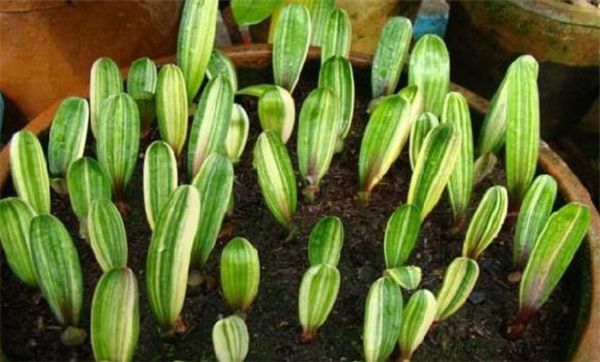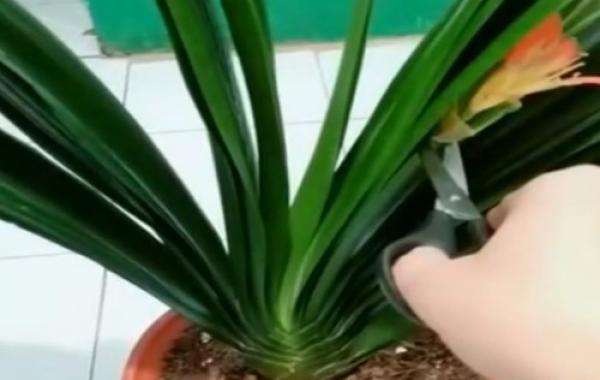Sowing time and sowing method of Cymbidium

Cymbidium can produce seeds only after artificial pollination. After the seeds are ripe, they are sown in a nursery bed or flowerpot based on fine sand or fine sawdust. Let's take a look at the sowing time and method of Cymbidium.
Sowing time of Magnolia
The sowing time of Cymbidium is generally from November to February of the following year, the first leaf grows 50-60 days after sowing, and can be divided into pots and transplants about 3 months. Because the stamens of Magnolia are shorter than the pistils, the pollen is not easy to fall on the stigma, and the orchids are mostly cultivated indoors without media pollination, so artificial pollination is necessary to produce seeds.
The specific sowing method of Cymbidium
First of all, the stamen pollen on the selected male parent plant was collected with a brush and preserved in a glass container. When the pistil stigma shines and has mucus secretion, you can use a brush to dip the pollen into the pistil stigma and gently flick it so that the pollen is scattered on the stigma. Then listed to record the time of receiving flour and the name of the parents. Each flower can be pollinated 2 or 3 times, each time from 10:00 to 3 p.m., and the optimum temperature for pollination is 15: 18 ℃. Too low or too high temperature will affect the fruit rate. The fruit matured 8-10 months after pollination.
How to cultivate and manage Magnolia
After sowing, the seedlings of Cymbidium were planted separately when they had 2 leaves. The basin soil can be used after mixing 7 parts of horse dung soil, 3 parts of river sand or 7 parts of forest humus soil and 3 parts of river sand. When planting the seedlings in a small pot, gently fill in the culture soil so as not to hurt the roots. After planting, it should be watered thoroughly and put in an indoor ventilated place. The temperature should be kept at 15 ℃ 20 min. In the seedling stage, when the summer temperature is high, water is watered once a day. When the temperature is low in winter, the basin soil should be dried and then watered. There is no need for fertilization, and the nutrients contained in the new trainers can meet the needs of seedling growth.
Related
- Is the orchid suitable for indoor use? Is it good for the body?
- How to prevent the empty root of orchids?
- What to do after the crab claw orchid is withered?
- Why are the leaves of orchids always yellow? Fertilizing and watering.
- Can the root of the gentleman orchid be saved if it is rotten?
- Diagnosis and treatment of cotton-blowing beetle insects in Cymbidium
- There is a way for a gentleman's orchid to rot.
- What is the most suitable temperature and humidity for the orchid?
- How to raise a gentleman's orchid? Cultivation techniques of Cymbidium
- How to prepare the nutritive soil for the cultivation of Cymbidium



